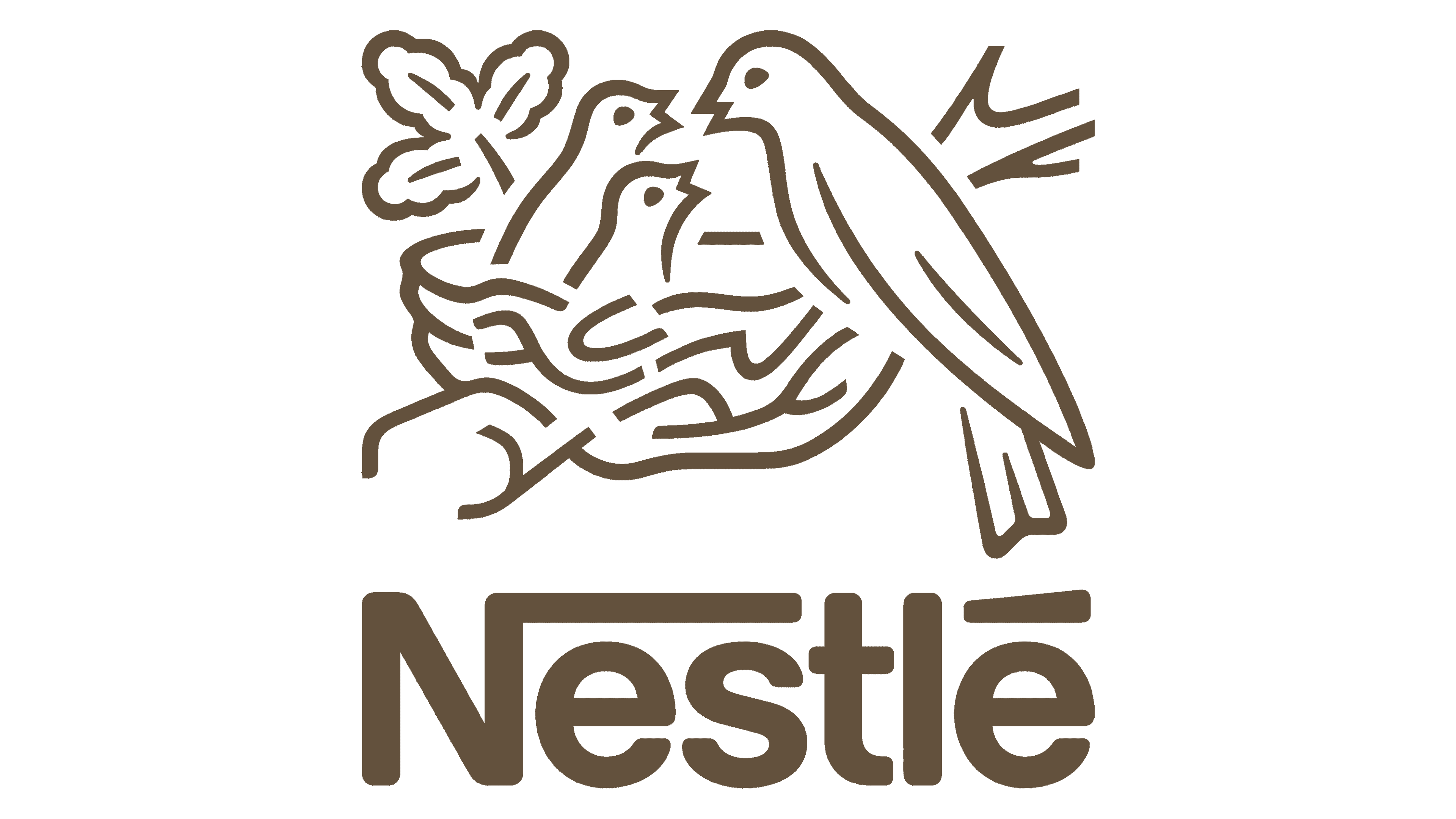The cost of ground beef, steak, and roasts has surged this year, reaching historic highs on grocery store shelves.
While retail beef prices often fluctuate, the overall trend has been upward over the past few years. This year’s increases come just as grocery stores and butcher shops gear up for the holiday season, one of their busiest periods.
“I’ve been working here for quite a while, and it’s probably the all-time high I’ve ever seen,” said Jim Jackson, owner of Cut Rite Meats in Calgary.
Jackson noted that beef prices are rising faster than pork and chicken, prompting some customers to cut back on their orders. “Our profit at the end of the day is less. I don’t want to gouge customers. We’re just trying to do our best,” he explained, adding that his shop has lowered margins to ease the burden on customers.
The soaring retail prices reflect the rising value of cattle, which hit record levels this year. Statistics Canada reports that overall food prices at grocery stores have risen by 2.7% over the past 12 months. A kilogram of ground beef averaged $13 in September, up from $11.69 a year earlier and about $9 five years ago. Beef striploin cuts sold for over $32 per kilogram in September, compared to $20 in December 2023.
Cattle prices in Alberta rose 7.6% in September compared to the same period last year, reaching $236.08 per hundredweight. Five years ago, those prices hovered around $130 per hundredweight.
“We are at record prices,” said Brenna Grant, executive director of Canfax, a Calgary-based beef statistics firm. Feeder cattle prices have jumped 21% compared to last year, while average cattle prices are up between 45% and 65% over the five-year average.
Grant attributes the increases to global trends. “Fundamentally, we’ve got a growing population, a growing middle class, and they want more protein. It’s not just beef—it’s pork and poultry too,” she said.
However, beef supply remains tight due to challenges faced by ranchers, including high feed costs driven by drought. Canada’s cattle population has dwindled to its lowest level since 1987, limiting the amount of beef available.
“Beef is a complicated commodity because nobody can turn on beef supply in the short term,” said Ellen Goddard, an agricultural economist and professor emerita at the University of Alberta. She explained the production lag: cow-calf producers decide herd sizes years in advance, affecting supply two to three years later.
The industry is currently in “full-fledged liquidation mode,” said livestock market analyst Kevin Grier, leading to lower supplies and higher prices. Some ranchers are considering expanding their herds as profit margins improve.
Strong demand for beef in North America is another key driver of high prices. “Canadians and Americans are still stepping up to the meat case,” said Grier. He predicts tight beef supplies will persist through 2026.
Despite record costs, many consumers continue to buy beef, which is often viewed as the most desirable and highest-quality meat. “Beef is the Cadillac,” said Goddard.



